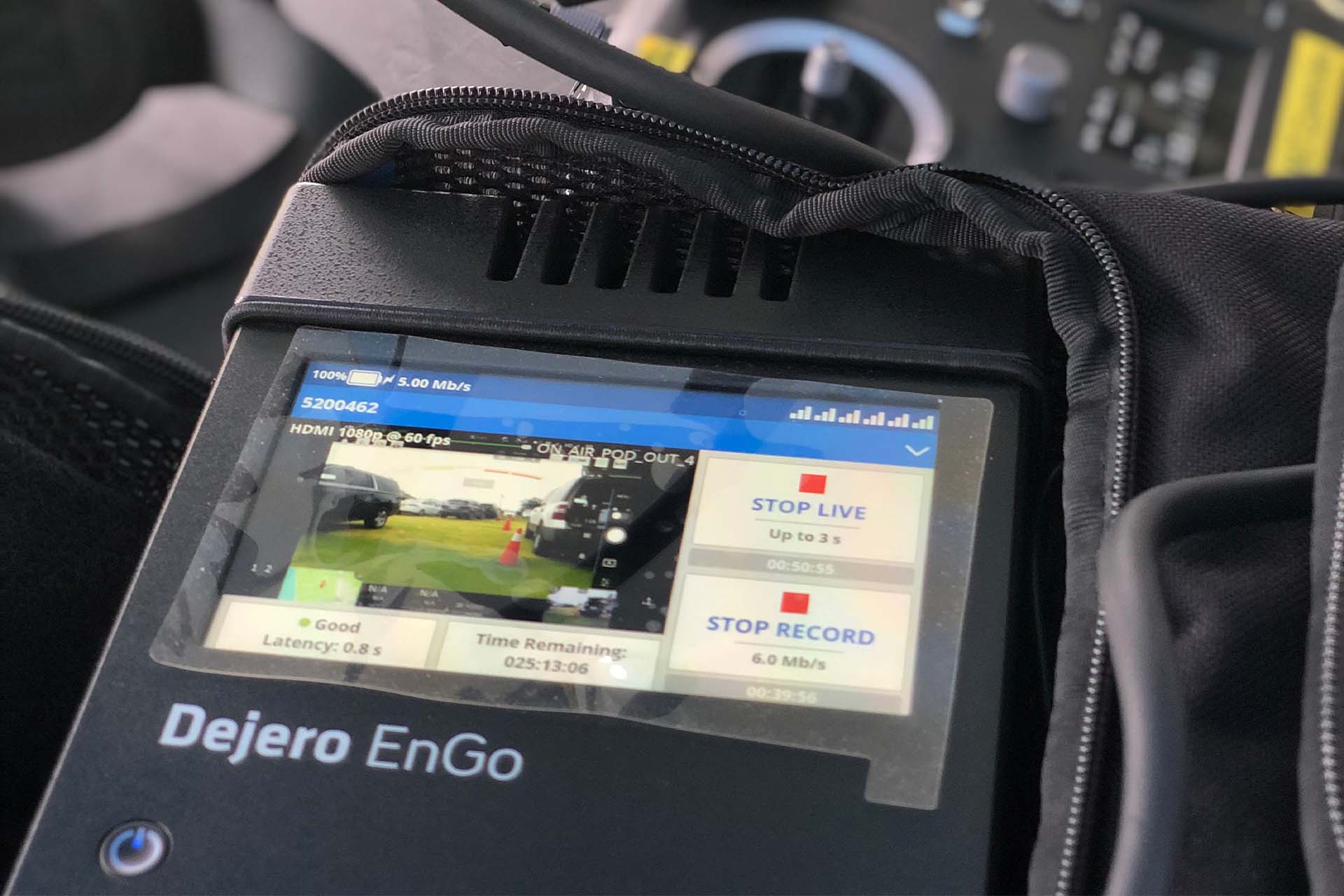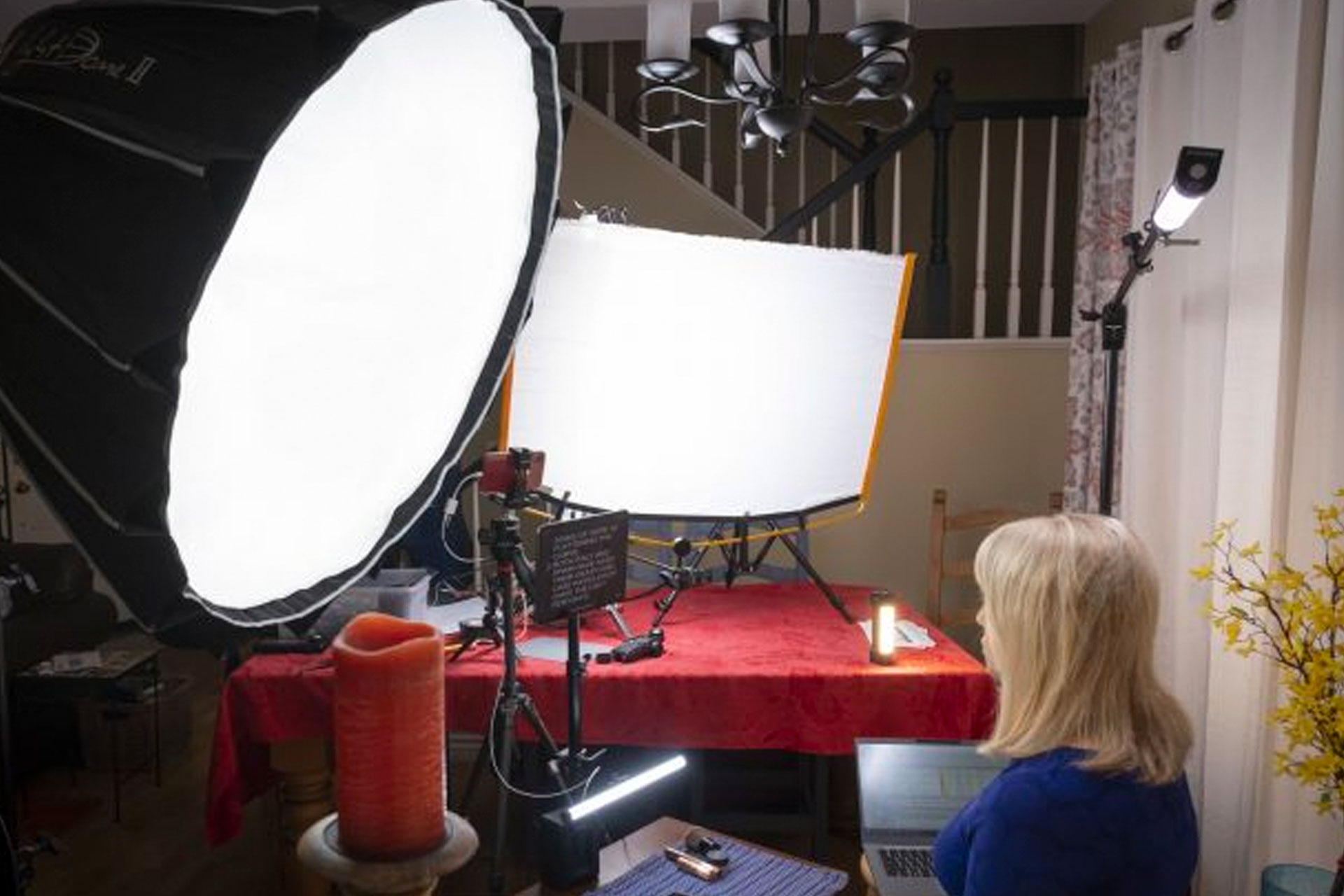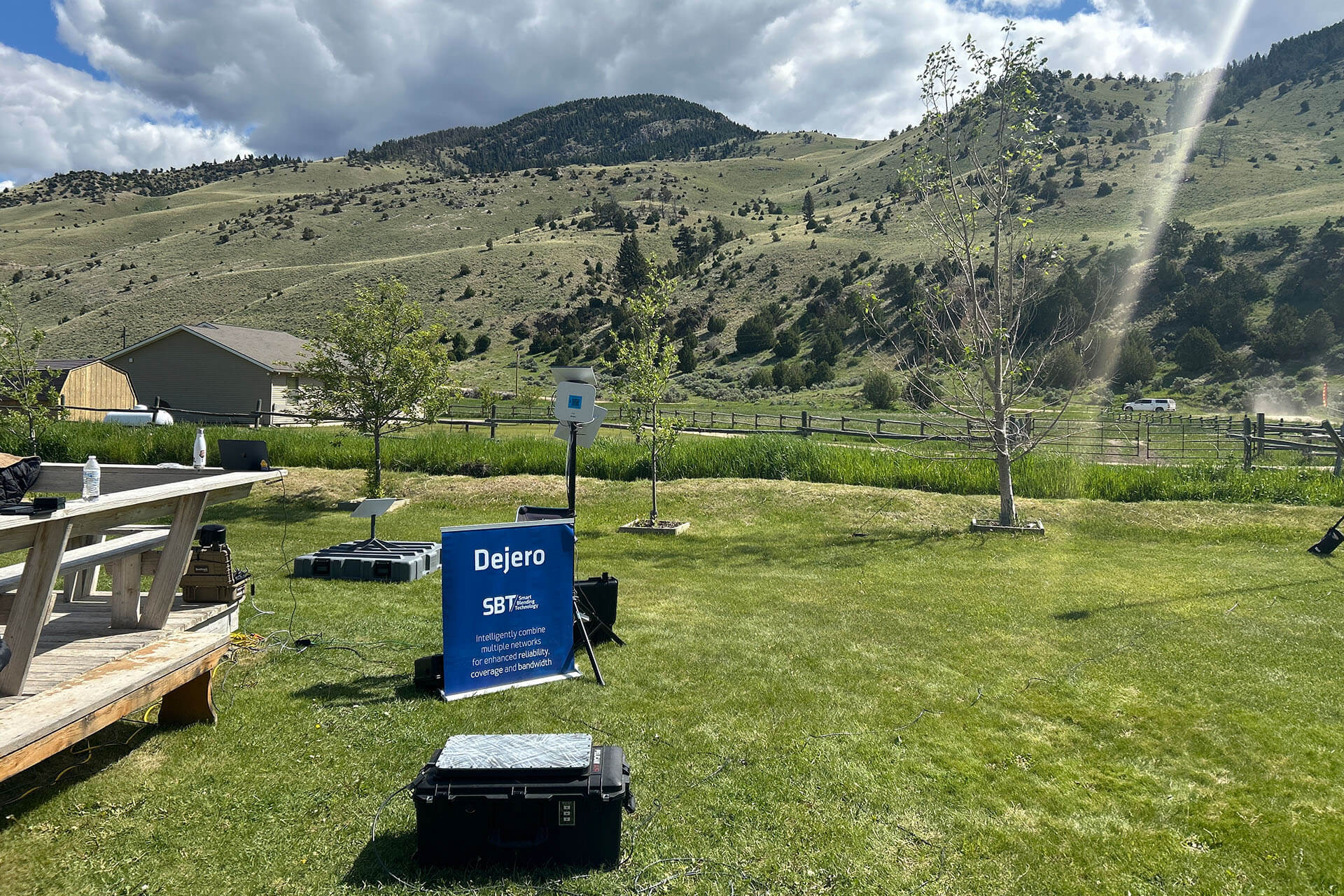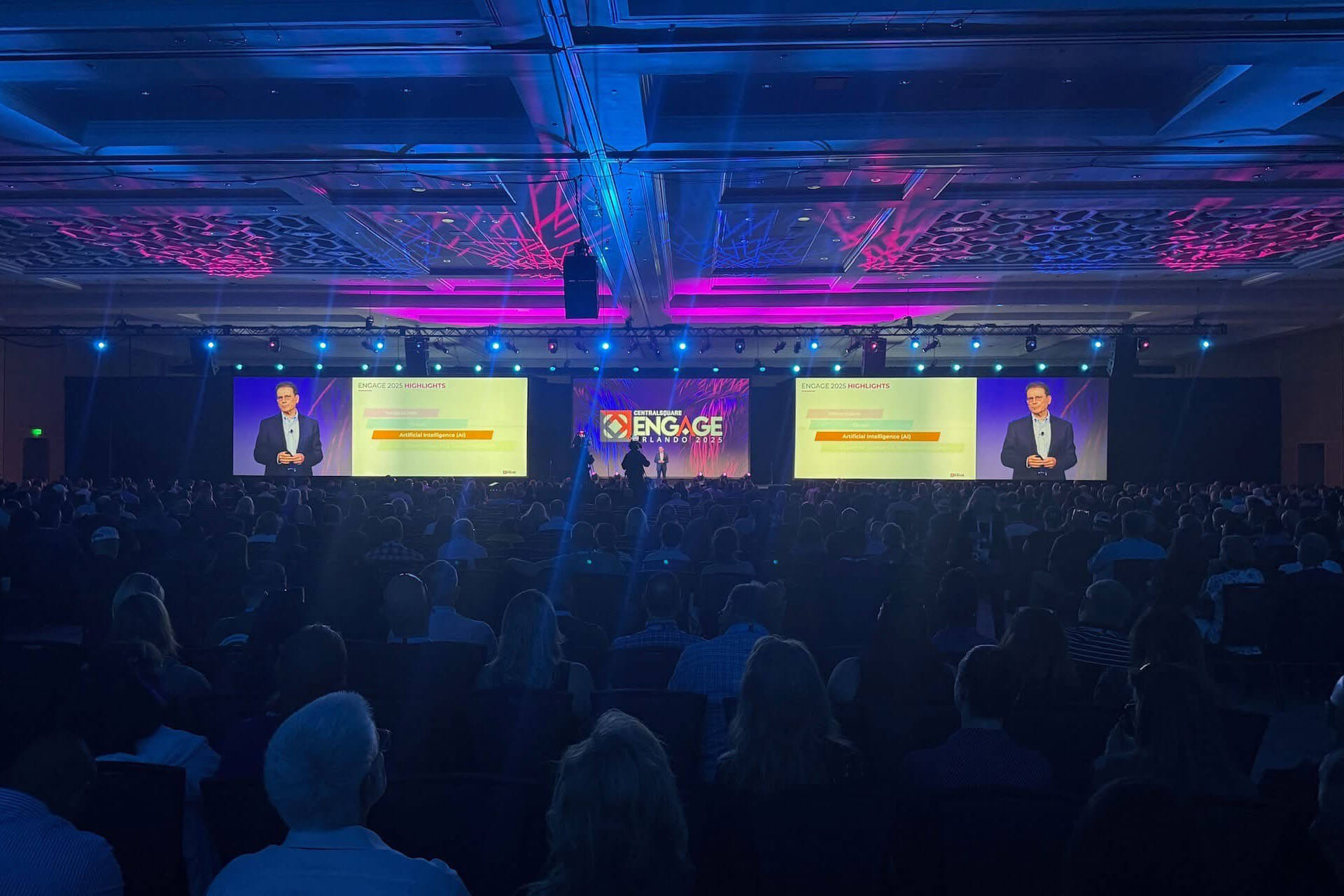As the COVID-19 pandemic continues globally, every single person has had to adapt and change their daily routine. In keeping with social distancing practices, these efforts frequently result in many individuals needing to work from their homes. One group in particular that we’re seeing adapt spectacularly to this situation are the anchors, reporters, and meteorologists who continue to broadcast remotely. Despite the unprecedented circumstances, they continue to keep the public informed every day.
How do they do it? Let’s break down some of the different components that allows them to successfully broadcast from home.
Exemplar At-Home Broadcasting Setups
Recently we’re seeing many amazing examples of how broadcasters and media organizations are adapting to this new world, making use of what they have at home to bring us the essential news. Their inventive setups use an array of everyday household items in order to operate: stacks of books and board games prop up teleprompters, flat-screen TVs become backdrops, tripods hold phones steady, and couches and desks are covered with whatever laptops, tablets and monitors are available.
From Their Home to Yours: Going Live With Dejero
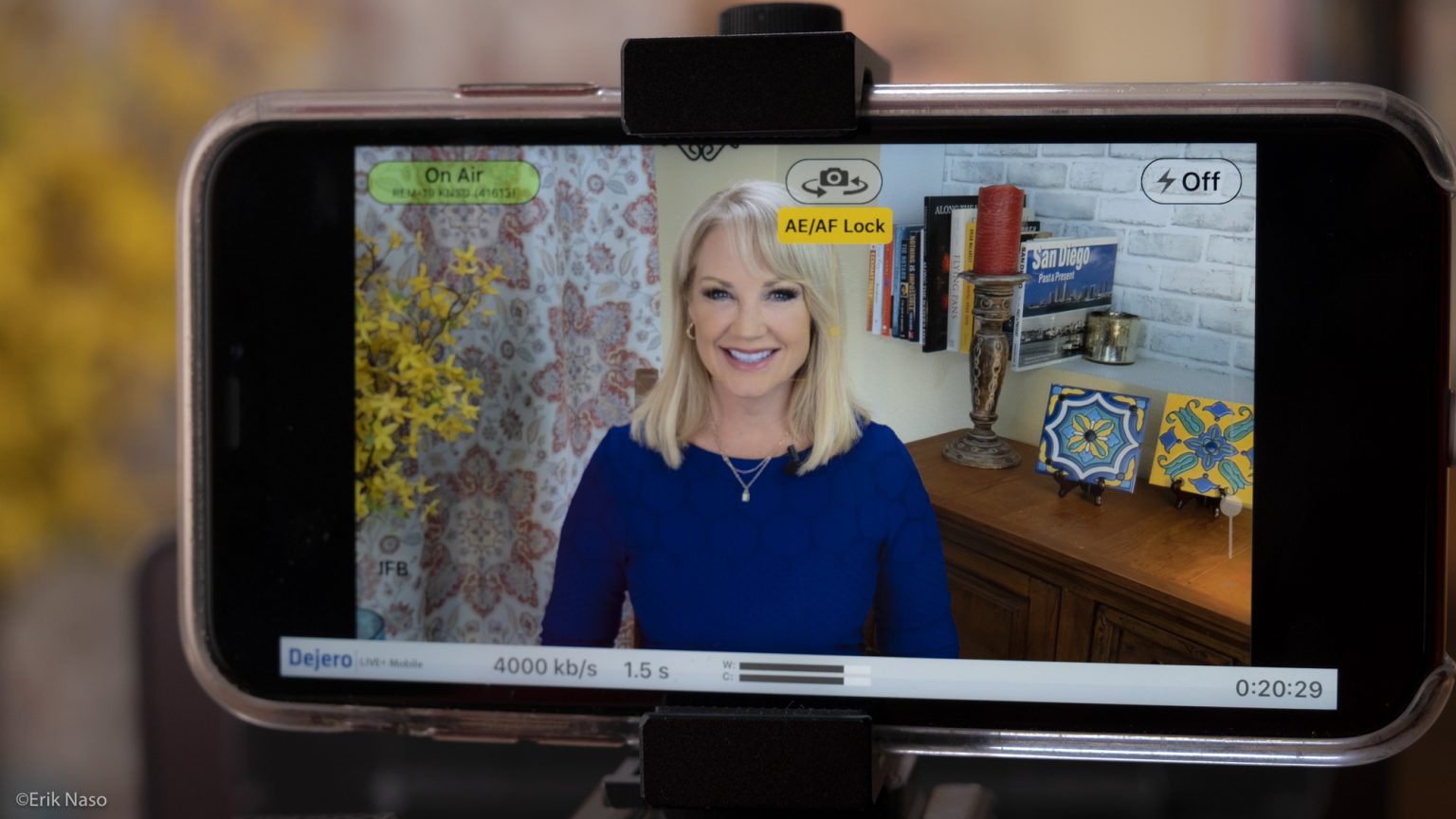
Once they’ve scoured their homes for the right “equipment,” they need to make sure that they have the right software in place to go live.
Dejero has developed apps that allow anyone to send broadcast-quality live feeds from their smartphones, tablets, and notebooks which can be received in a variety of broadcast workflows. The Dejero NewsBook app operates on Mac notebooks, while the Dejero LivePlus app is designed for iPhone, iPad, and Android devices.
These Dejero apps provide more reliable and higher-quality video by using the available connectivity at home—whether that’s cable/DSL broadband over Wi-Fi, broadband over Ethernet, or cellular connections. These apps also provide a one-way IFB audio feed over wired or wireless Bluetooth earbuds to enable communications from the production staff to the talent.
Keeping the Talent Aware: Teleprompting Feeds and Return Video
Although it’s not seen on air, it’s none the less important that the talent is able to see a teleprompter feed and return video.
The teleprompter allows the presenter to read a script while maintaining direct eye contact with the audience. The speed of the script is controlled by an operator back at the broadcast facility who listens to the presenter to ensure they follow the same speed as the on-air talent that is speaking. This screen, often an iPad, is set at eye level, just behind the camera.
A return video feed is also important. It enables the talent to see the live program, helping to cue when they should speak, and more naturally interact with their on-air colleagues. It also allows them to see themselves so they can make adjustments to their position to take into account graphics, overlays and split screens that may be included in the live broadcast.
The Dejero CuePoint solution enables broadcasters to send teleprompter and return video feeds to the talent with extremely low latency—as little as 250 milliseconds! This is critical for synchronization between the talent at home and the production crew at the broadcast facility. The work-from-home presenter can view these feeds on a tablet, smartphone, or on a home monitor in a web browser. The key is the ability to view on devices that the talent has on hand.
Expert Tips
Want to learn even more about how to effectively broadcast from home? Watch this instructional video by mobile journalism expert, Glen Mulcahy. In this video, Glen offers practical tips on improvised setup and composition to produce broadcast-quality video from your smartphone.
It’s also important when broadcasting live from your smartphone that you don’t receive any calls that may interrupt your stream. That’s why we’ve put together this quick and simple guide to explain how to avoid this pitfall.
Do you have any other tips on how to effectively broadcast from home? We’d love to hear them! Please leave a comment below with any suggestions that you might have.
Bringing It All Together
Erik Naso wrote a great article that describes in depth how he was able to craft an impromptu studio out of his dining room. He goes through each of the solutions that he found to be most effective, explaining why they work for him and how to set them up properly.
Check out this full behind the scenes video that he created to see how all the elements that he talks about come together.
EFTM’s Trevor Long also wrote this really helpful piece that provides a full behind the scenes look into how he is broadcasting from home for The Today Show. To see the full setup in action, you can watch this video as well.
How Can We Help?
We’re keenly aware of and extremely grateful for all of the extra efforts that broadcasters and news organizations have had to make in the midst of COVID-19. In order to support work from home broadcasting during the pandemic, we are offering complimentary new licenses for our smartphone and notebook apps until September 30, 2020. Contact our customer relations team at apps@dejero.com to request a license.
You can download the smartphone apps from the App Store or Google Play (search for ‘Dejero’). Once downloaded, you’ll need to enter your license information. Bear in mind that your organization may already have licenses, so it’s best to check internally first. We’ve made a Quick Start Guide available online to help you with initial setup.
If you need help, you can contact our support team 24/7; they’ll be more than happy to assist you. You can reach them at:
Email: support@dejero.com
US & Canada: 1 866 808 3665 (Toll Free)
International: +1 519 772 4824

